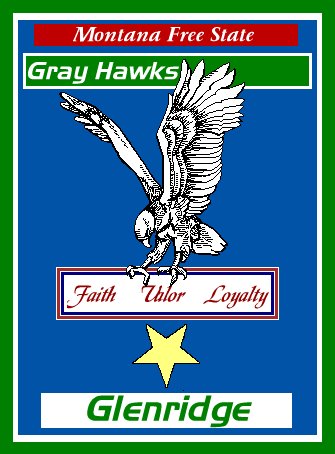 |
There had been, shortly after the start of the
War of Independence, a very famous photograph taken and published in the
Allied newspapers.
It was a soldier of the Free State, firing on
Federals, sighting down his rifle. He was a handsome boy, painfully young,
the cold wind ruffling his hair, the clouds of the late fall sky mirrored
in his eyes. There are those who look at it with the lament that something
unique and wonderful has gone out of the world.
It's the expression of righteous outrage on the
militiaman's face, rather than the quality of the photograph, which makes
the picture so beloved, as the spirit of the AISA. It's never become passe
or taken for granted, though it has become as familiar and ubiquitous as
the image of the Minute Man, or Washington Crossing the Delaware.
Though there was much debate, especially in the
Free State, with this one or that |
| claiming it was a brother or cousin,
no one seemed to know who the soldier was — which, given its symbolic nature,
was probably for the best.
The patch that he wore on the sleeve of his gray
uniform has become the official Allied standard, taking the place of the
Eagle still used in NACOM. If one looks carefully at the photograph, the
words at the bottom of the patch can be made out, the banner clutched by
a hawk. Faith. Valor. Loyalty.
That unit of Free State Militiamen was called
the Gray Hawks, and the photograph itself is known throughout the AISA
as The Gray Hawk.
The story of the Gray Hawks is tragic.
If you want to rile up a good Ally, see him shake
his fist in ferocious patriotism and in hatred of the evil abuses of the
Federals, just say, “The Battle of Glenridge.” Then stand back, because
you’re going to hear about it. |
|